Introduction
Patents are an invisible part of modern life and are closely tied to technological advancements throughout history. Patents grant the exclusive right to make, use, and sell an invention. Famous patent holders include Thomas Edison, Alexander Graham Bell, and Rudolf Diesel. This article will explain everything about patents in detail: process and history, types, and examples of the patent.
What Are Patents?
Before diving into the details of the patent process and exploring examples of patents, let’s first take a look at the history.
The history of patents began in 1474 with the Venetian Patent Statute. The Venetian Patent Statute dictated that if a man in Venice invented something that had not been seen before in the city, he could go to the Venetian government. He could then apply for a patent. That patent gave him the sole right to make the invention for ten years. The patent holders could report anyone making the invention without authorization (only in Venetian territory) to the Venetian government.
Patent law today is relatively unchanged from the Venetian Patent Statute; just like in the statute. The patent law today protects inventors from unauthorized use of their inventions and penalizes patent infringement. It also sets a limit on how long patent protection applies.
Patents protect inventors against unauthorized use, distribution, and copying of an invention, and they apply to new and useful processes, designs, or inventions. This means that, for instance, the assembly line was patentable because it was a new process. Similarly, the lightbulb was patentable because it was a new invention. On the other hand, works like books and movies are not examples of patents because they are not new processes, designs, or inventions.
Patentable Inventions Criteria
Patentable inventions must meet four criteria:
The Invention Is Usable
Patentable inventions cannot be theoretical; they must be usable. Stories and songs cannot be examples of patents. Theoretical inventions and concepts cannot be patented either; they do not exist and cannot be used.
Include a Description of How to Make and Use the Invention
To receive a patent, applicants must be able to describe how their invention works and how it’s made.
The Invention Must be New
Only novel inventions can be patented, and all examples of patents must be distinct from each other. For example, people cannot patent an incandescent or LED light bulb because they already exist and have patents.
The Invention Must be Non-Obvious
Patentable items must be non-obvious, meaning that people with average knowledge in their fields would not find an invention to be obvious. Patentable items must be ingenious, not just small changes to an existing invention. For example, a new potting soil that only has more nutrients than another potting soil cannot be patented. This is because it is obvious that more nutrients make plants grow better.
Famous Examples of Patents
Patents are behind all inventions and inventors, and there are many exceptionally famous ones. Some famous examples of patents include:
The Lightbulb
The lightbulb is one of the most famous inventions and a prime example of a patent in the world. On January 27, 1880, Thomas Edison received a patent for the incandescent light bulb, an invention he had worked on since 1878. However, Edison did not invent the light bulb from scratch. He built on the work of British inventors like Warren de la Rue, who had invented a different type of lightbulb in 1840. However, he failed to commercialize it due to its high cost. Edison’s other patents include the nickel-iron rechargeable battery and the Kinetograph (an early movie camera).
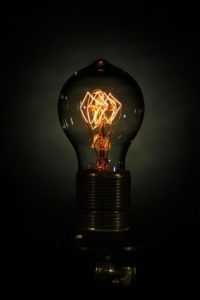
The Telephone
Alexander Graham Bell received the patent for the telephone on March 7, 1876. Bell’s ownership of the patent is controversial, as multiple inventors were working on the telephone simultaneously. Elisha Gray was one such inventor. Bell’s lawyer filed Bell’s patent application on the very same day that Gray’s lawyer filed a patent caveat for the telephone. Similar to a patent application, a patent caveat consists of drawings and descriptions of an invention. However, it does not require the invention to be fully completed. Patent caveats were discontinued in 1909.
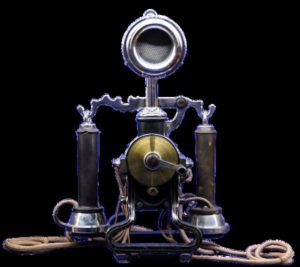
The Diesel Engine
On August 9, 1898, Rudolf Diesel received the patent for the diesel engine. The diesel engine is an alternative to the gasoline engine that runs on diesel fuel, not gasoline. It’s also one of the examples of the patent. Diesel engines offer benefits over gasoline engines such as higher fuel economy and reliability. Diesel had been working on his engine since 1893 when he published a paper describing a new kind of fuel for an internal combustion engine. Unlike the patent for the telephone, the diesel engine patent was a straightforward, uncomplicated process. Rudolf Diesel was the only person working on the diesel engine.

Roundup Ready Crops
The company Monsanto holds several patents for plants that have been genetically modified to resist Roundup, Monsanto’s popular weed killer. Roundup Ready crops are controversial due to their genetically modified nature. There have been some highly publicized legal battles over both Roundup Ready crops and Roundup weed killer.
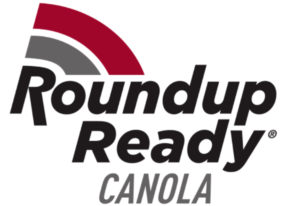
How Patents Work
Before an inventor can patent their invention, they must create a fully finished, working example. An inventor can apply for a patent only when an invention has reached a completed state. In order to obtain a patent, an inventor must provide enough detail about their invention so that other people can use the invention. In the US, patent application fees range from $44 to $400.
However, it is important to note that not all patents are the same. People typically think of patents as long, technical documents, but that isn’t necessarily true. There are four patent classifications:
Utility Patents
Utility patents are one of the types of patents. When people think of patents, they are usually thinking of utility patents. Utility patents are documents that describe how to create and use a new system, process, or machine. Examples of utility patents include the lightbulb, television, and the telegraph. Utility patent protection lasts for 20 years.
Design Patents
Design patents are another of the types of patents. Design patents are awarded for ornamental designs of useful items. Famous examples of patents include the Kikkoman soy sauce bottle, the Coca-Cola bottle, and various fonts. Unlike utility patents, design patents consist mostly of pictures. Design patent protection lasts for 15 years.
While designs can be patented, works of art cannot be patented, as design patents only apply to items that can be used. Works of art fall under copyright law, not patent law.
Plant Patents
Plant patents are awarded for inventing or discovering a new type of plant and reproducing it asexually. Plant patents give their holders control over propagation methods and harvested material.
Patentable plants must be new (cannot be priorly patented or used by the public). They must also be distinct (different from other plants by at least one distinguishing characteristic). Finally, the plant must be stable (characteristics remain the same from generation to generation of plants). Famous examples of patents include the Honeycrisp apple and Henry F. Bosenbery’s trailing rose. Patented in 1931, Henry F. Bosenbery’s trailing rose was the first plant patent. Plant patent protection lasts for 20 years.
Explore Our Patent Services
We offer services ranging from legal help for patent applications to educating and guiding you through the patent process. Schedule a call with us to learn more about what we offer.
Conclusion
The modern world can be chronicled through patents. Examples of patents range from the lightbulb to the internal combustion engine to inventions today. Patents, both in the past and today, ensure that inventors receive full credit for and benefit from their creations. Profits from Thomas Edison’s light bulb, for example, allowed him to invent countless other technologies. But while his lightbulb is one of the world’s most well-known inventions, countless others are equally as important and impactful. Look around you—nearly everything you see has a patent.
Frequently Asked Questions
1. What are the differences between patents, copyrights, and trademarks?
Patents protect inventions, copyrights protect original creative works. This includes work such as books or works of art, and trademarks protect signs, designs, or expressions that denote a specific service or product.
2. What constitutes patent infringement?
Patent infringement is the unauthorized use of a patented invention. This includes making, using, and selling the patented invention. Patent infringement varies by territory: patents can only be enforced in countries where the patent is active. For example, a patent issued in England can be enforced in England, but it cannot be enforced in a country that has not granted the patent.
3. How are patents enforced?
Patent holders can file a lawsuit against infringing parties, but patents are not automatically enforced. Before going to court, an infringement claim must undergo tests to determine if it is valid.
Do You Want to Patent Something?
Have you invented something that you want to patent? Applying for a patent can be expensive, so make sure that you know what to do. Book a consultation with us, and we’ll guide you through the patent process.

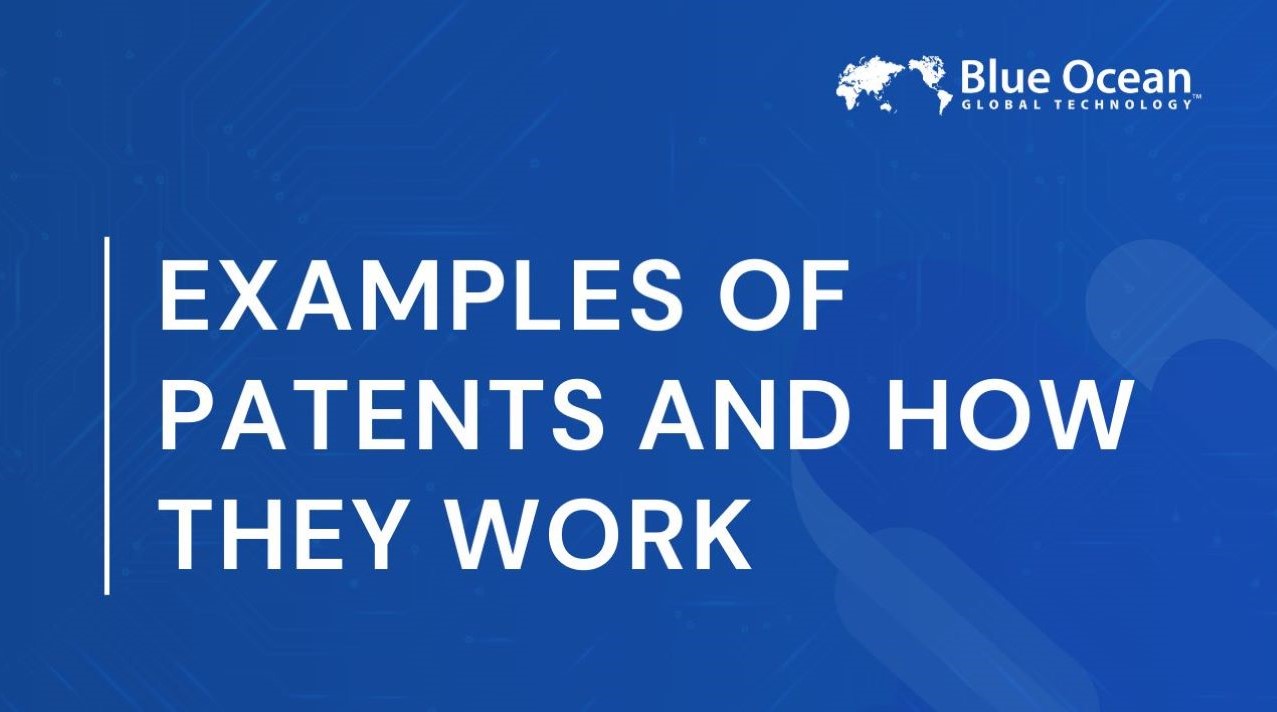

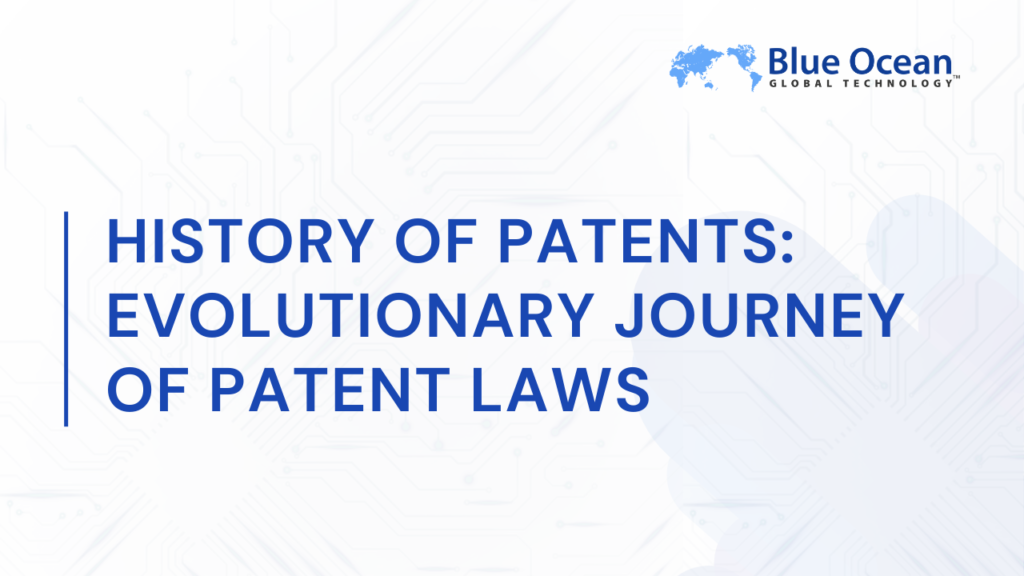
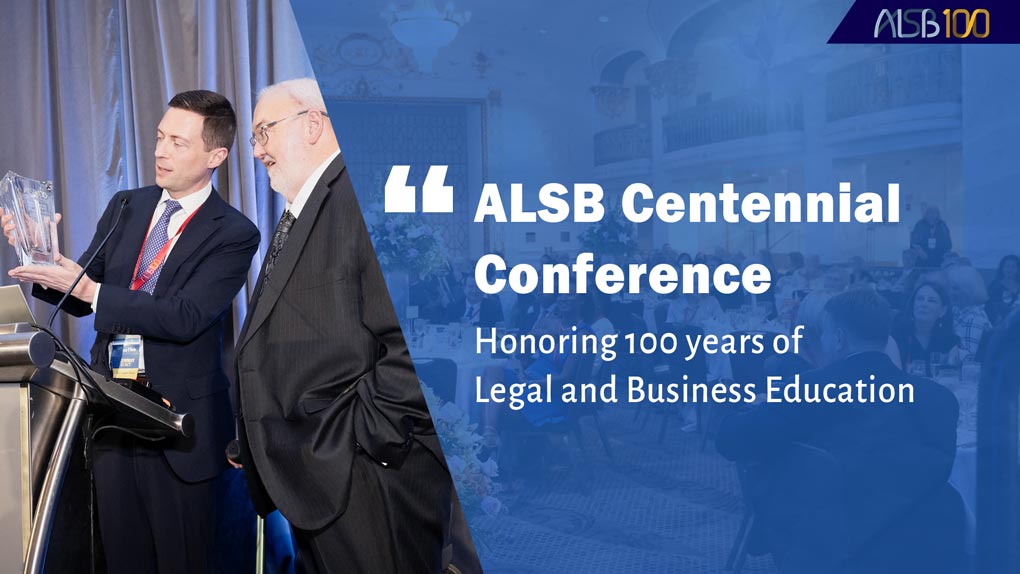
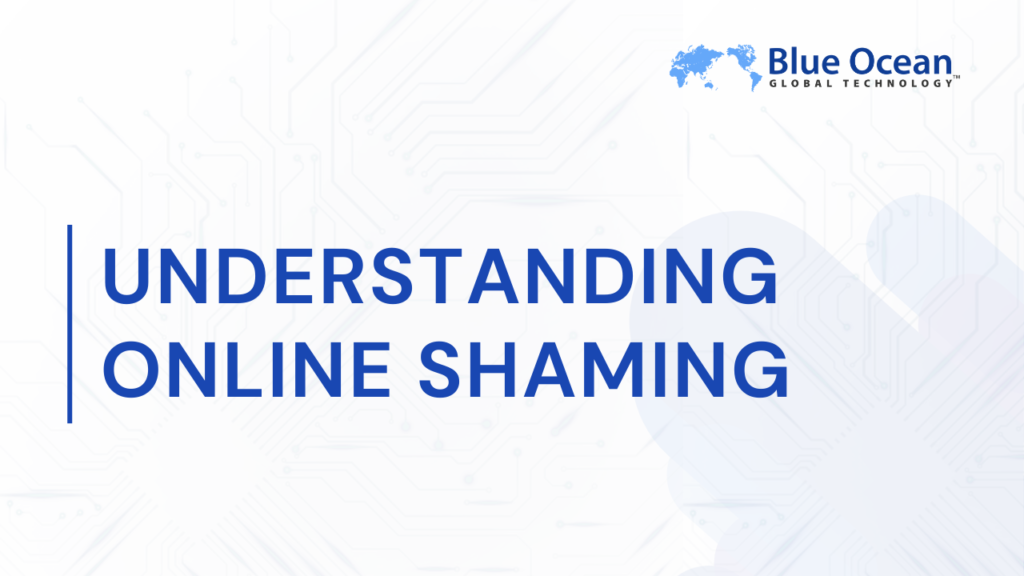


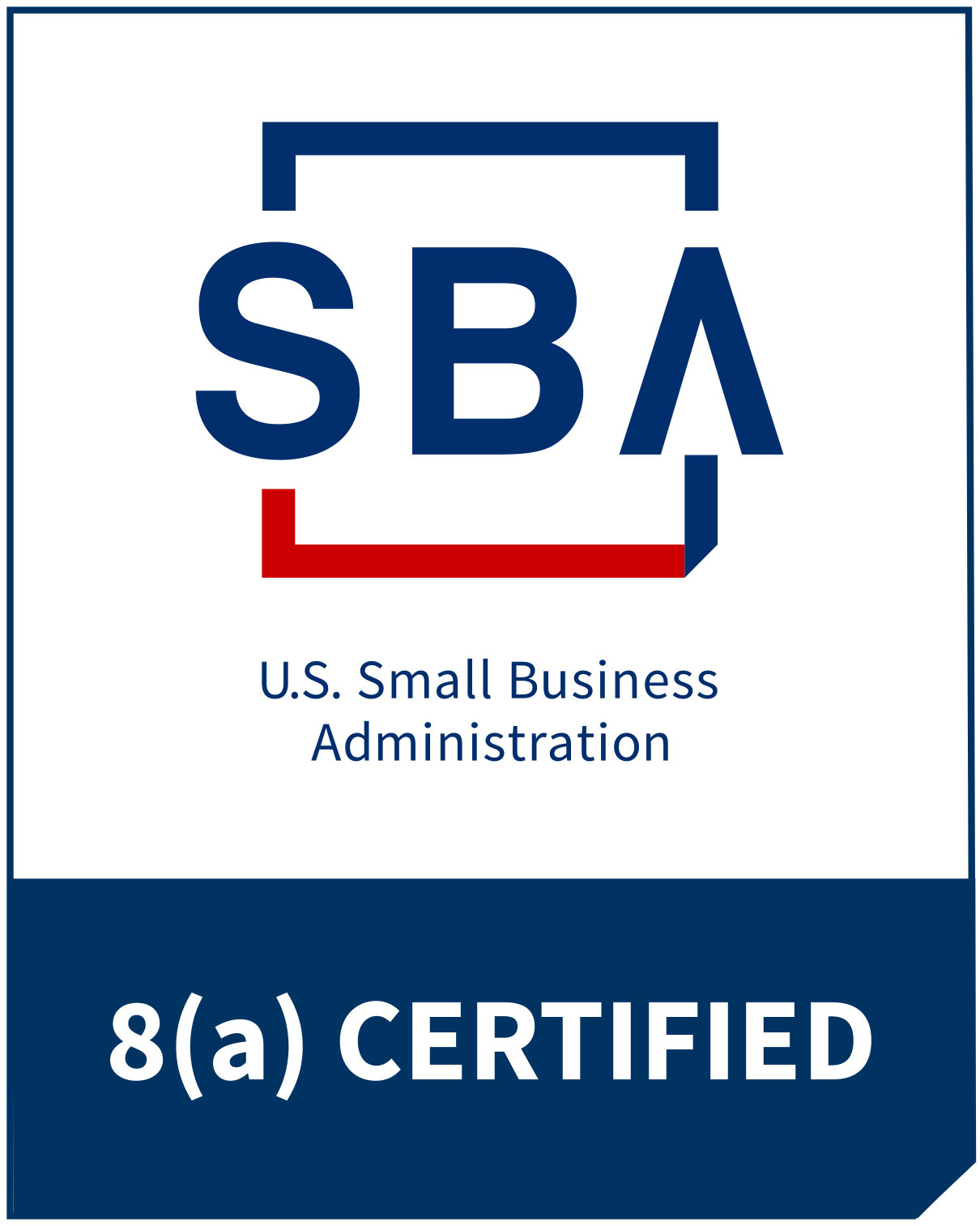

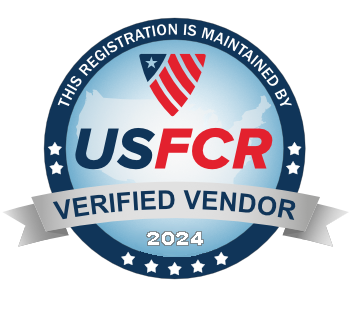


Comments are closed.